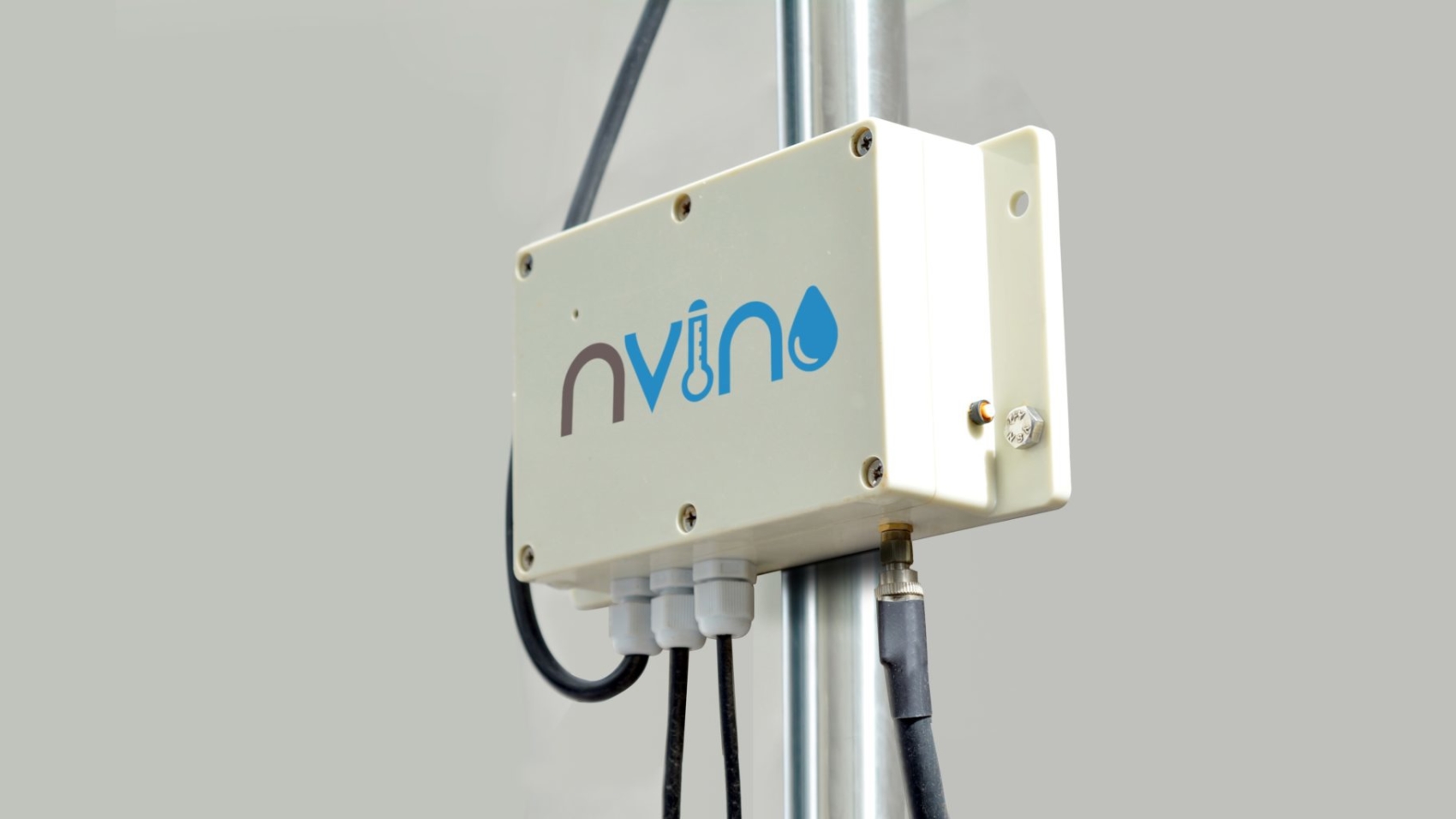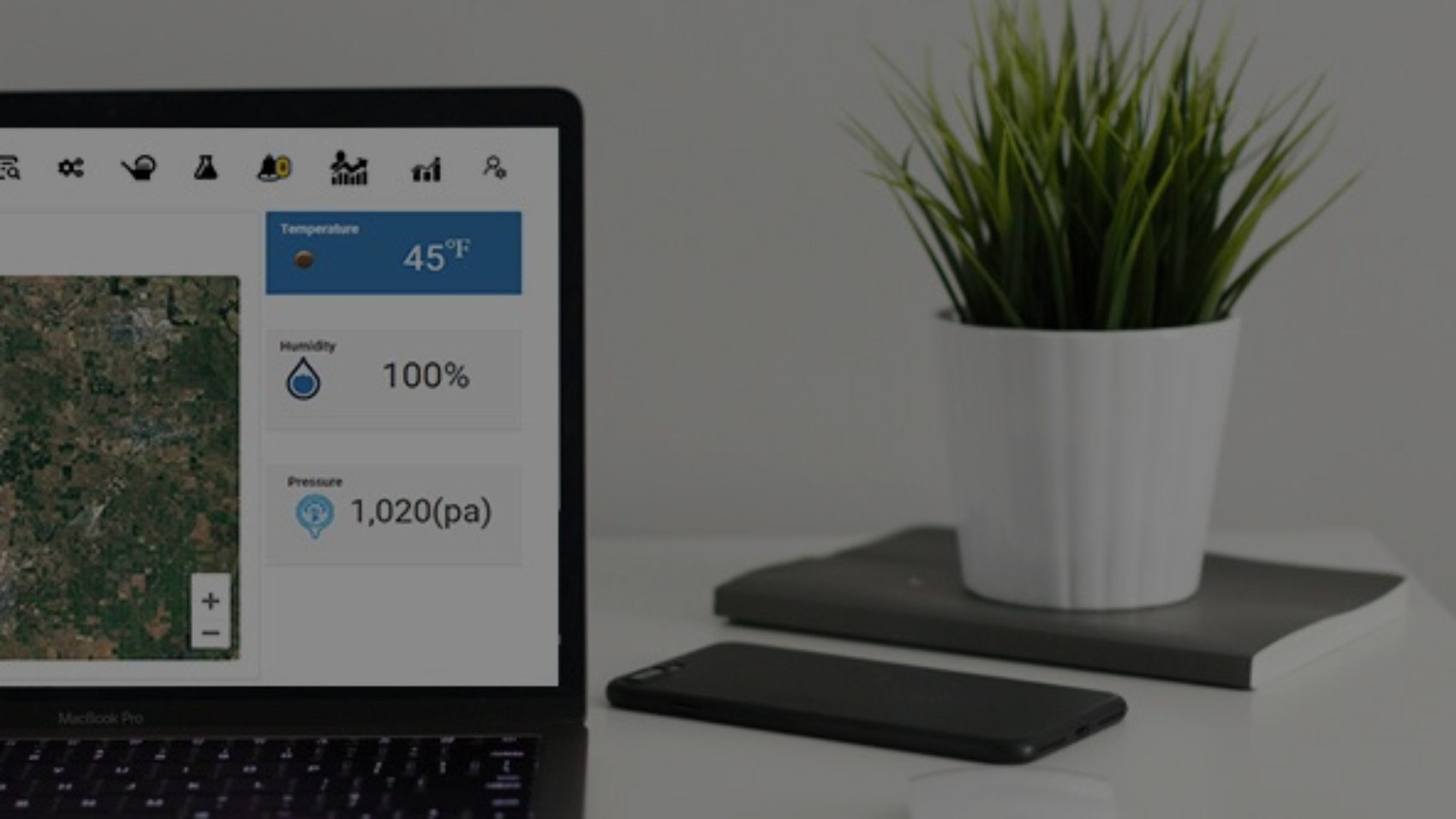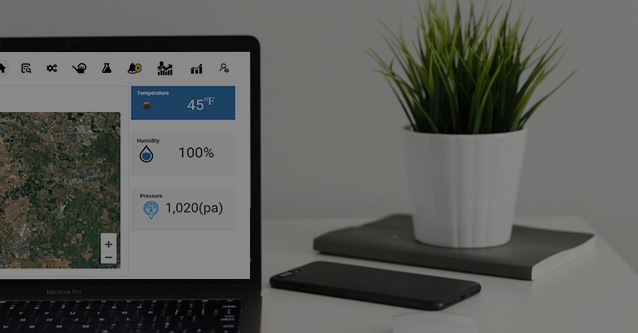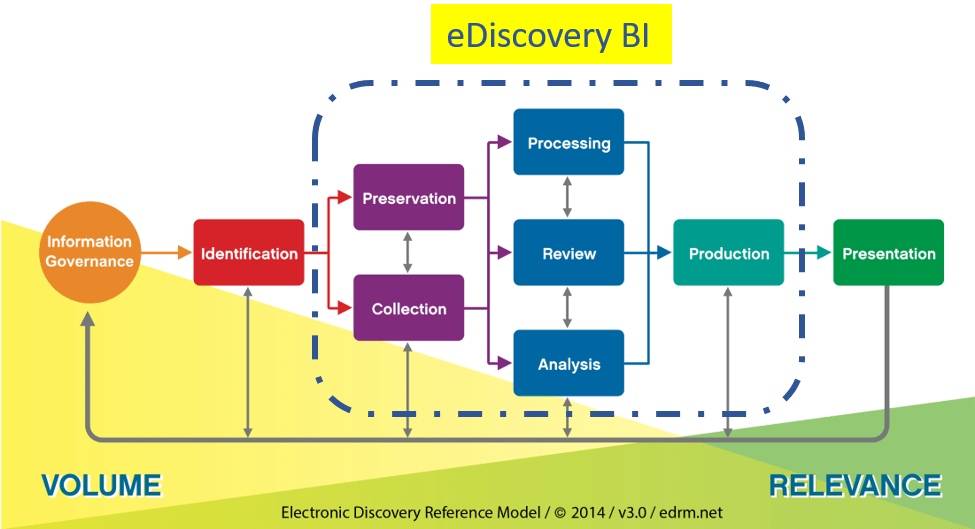Naviz Analytics is Microsoft Azure Certified for IoT
Naviz Analytics (Naviz Analytics Inc. is a subsidiary of C2S Technologies) collaborates with Microsoft to accelerate Internet of Things solutions
Verified hardware and software enhance interoperability and allow faster time to production.
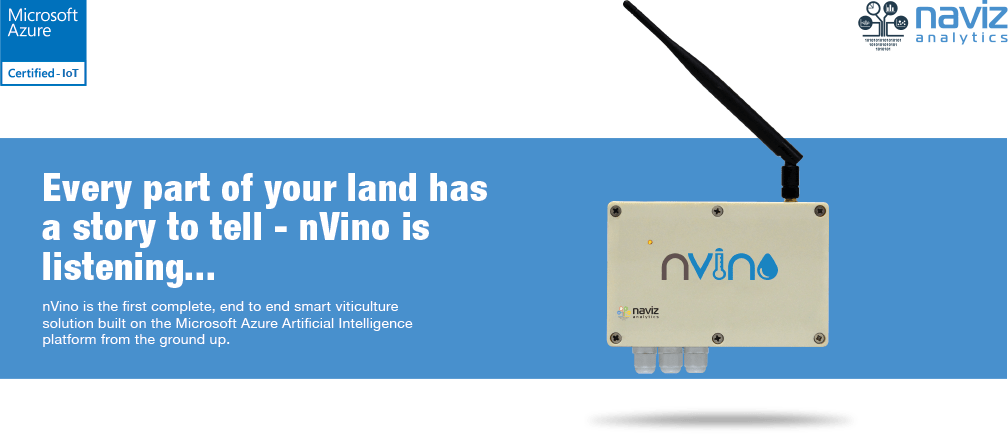
Naviz Analytics brings a deep expertise developing and integrating IoT devices with our own data visualization analytics platform hosted on Microsoft Azure to deliver customized solutions for industries and verticals like Ag Tech. “Microsoft Azure Certified for IoT validates our ability to jumpstart customers’ IoT projects with pre-tested device and operating system combinations,” said Jagan Chitiprolu, Naviz Analytics CEO. “Decreasing the usual customization and work required for compatibility ensures Naviz helps customers get started quickly on their IoT solution.”
“Microsoft Azure Certified for IoT extends our promise to bring IoT to business scale, starting with interoperable solutions from leading technology companies around the world,” said Jerry Lee, Director of Marketing for Azure Internet of Things, Microsoft Corp. “With trusted offerings and verified partners, Microsoft Azure Certified for IoT accelerates the deployment of IoT even further.”
IoT projects are complex and take a long time to implement. Customers find that choosing and connecting the right set of devices, assets or sensors to the cloud can be time-consuming. To jumpstart their IoT projects with confidence, customers are looking for certified devices and platforms that are tested for readiness, compatibility and usability with the Microsoft Azure IoT Suite. By choosing a partner from the Microsoft Azure Certified for IoT program, customers can save time and effort on project specs and RFP processes by knowing in advance what devices and offerings will work with the Azure IoT Suite.
Learn more about this collaboration at Azure Certified for IoT and explore the Azure IoT Suite today.
“Naviz Analytics Inc. is a subsidiary of C2S Technologies with its primary focus on delivering a complete end-to-end solution for Devices, Connectivity, AI and Dashboards, all based on our innovative Naviz Data Visualization platform.”
